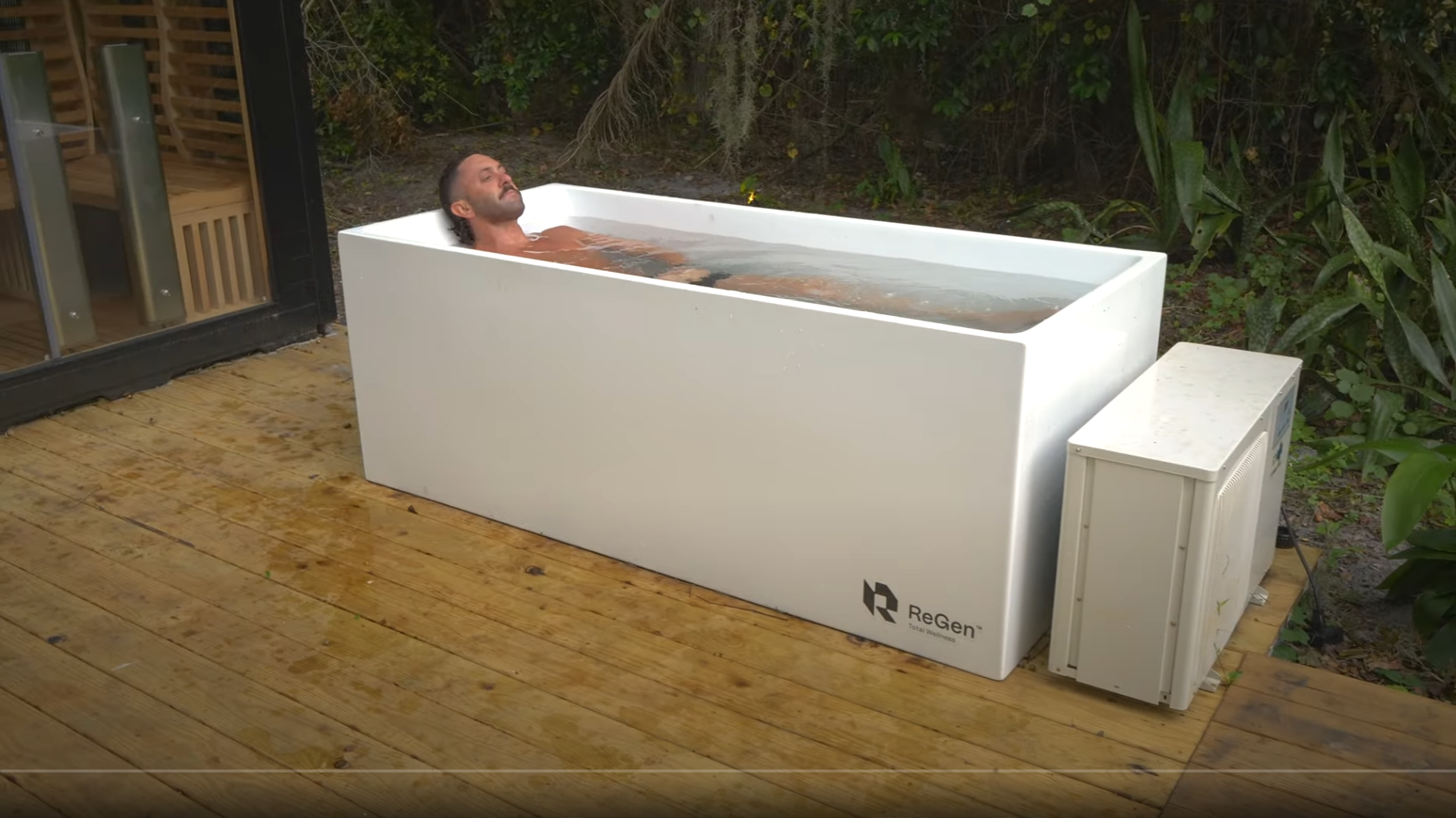Cold plunging, also known as cold water immersion, is one of the fastest-growing wellness trends — and for good reason. This invigorating practice involves immersing your body in cold water, typically between 50–60°F, for a short period of time, usually around 1–5 minutes.
Whether you're looking to reduce inflammation, improve circulation, support muscle recovery, or simply boost your energy, cold plunge benefits are powerful when done right, and especially when used in a contrast therapy routine.
In this guide, we’ll break down exactly how to start cold plunging safely and effectively — including how to master the perfect 2-minute cold plunge.
What Is Cold Plunging?
Cold plunging is the practice of submerging the body into cold water to activate the body’s natural healing processes. Athletes, wellness enthusiasts, and even busy professionals are turning to cold plunging for benefits like:
- Reduced inflammation and muscle soreness
- Enhanced circulation and immune response
- Improved mood and mental clarity
- Faster recovery and better sleep

Cold Plunging For the First Time?
If you are new to cold plunging, you probably have a lot of cold plunge questions. It’s important to start slow and gradually build up your tolerance.
Begin with shorter dips in colder water, and work your way up to longer and colder immersions over time. This will help your body adapt to the shock of the cold water and reduce the risk of injury.
Cold Plunging Tips for Beginners
If you're just getting started with cold plunging, the key is to ease into it. Here's how to get the most out of your practice:
1. Start Slow and Build Tolerance
Don’t jump into ice-cold water for 5 minutes on your first try. Start with shorter plunges — even 30 seconds is great for beginners — and gradually increase your duration as your body adapts.
2. Aim for the Right Cold Plunge Temperature
The ideal cold plunging temperature is between 50°F and 60°F. This range is cold enough to trigger the body's response and deliver health benefits without being dangerously uncomfortable. At ReGen, we never use water chillers, to ensure our tubs always have consistent water temperatures.
“We prioritize high-flow, high-performance systems that are built to endure extreme conditions and maintain consistent water temperatures—because your recovery and wellness deserve the best.” - Adam, Founder
3. Hydrate Before and After Cold Plunging
Cold water immersion can be surprisingly dehydrating. Be sure to drink plenty of water before and after your plunge to stay hydrated and avoid cramping or dizziness.
4. Let Your Body Warm Up Naturally
After a cold plunge, avoid hopping straight into a hot shower. Allow your body to warm up naturally — this helps prolong the metabolic and cardiovascular benefits of the cold exposure.
Tip: Gentle movement, breathing exercises, or sipping warm tea can all help your body return to baseline comfortably.
5. Listen to Your Body
The most important cold plunging tip: always listen to your body. If you feel lightheaded, dizzy, or uncomfortable, exit the plunge immediately and warm up. Over time, you’ll learn to recognize your limits and extend your sessions safely.

The Perfect 2-Minute Cold Plunge Routine
Ready to try a 2-minute cold plunge? Here’s a simple routine to get started:
Prep: Fill your plunge tub with water between 50–60°F. Use a thermometer to check accuracy.
Breathe: Before stepping in, take a few deep breaths to calm your nervous system.
Plunge: Enter the tub slowly. Focus on steady, controlled breathing. Avoid holding your breath.
Stay present: Use a timer to stay in for 2 minutes. If you need to exit early, that’s okay.
Recover: Step out and towel off. Let your body warm up naturally.
The Risks of Cold Plunging
While cold plunging offers benefits like reduced inflammation and improved circulation, it also comes with risks—especially for those with underlying health conditions. Sudden exposure to cold water can cause a shock response, leading to increased heart rate, blood pressure, and other risks. Prolonged exposure may also result in hypothermia or frostbite, numbness, or dizziness. It's important to ease into the practice, listen to your body, educate yourself on the risks, and consult a healthcare provider if you have any concerns.
Cold Plunging with ReGen Total Wellness Cold Plunge Tubs
At ReGen Total Wellness, our meticulous attention to detail and use of professional-grade components ensure our tubs are the best cold plunge tubs on the market. The quality of our tubs is a testament to our pursuit of excellence, offering unparalleled relaxation and wellness benefits.
Shop our cold plunge tubs today.
Updated: April 25th, 2025




Leave a comment
This site is protected by hCaptcha and the hCaptcha Privacy Policy and Terms of Service apply.